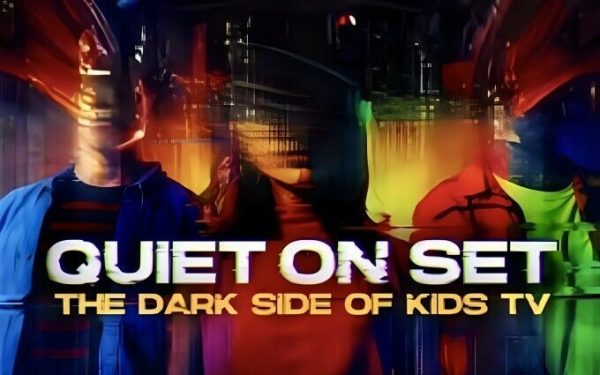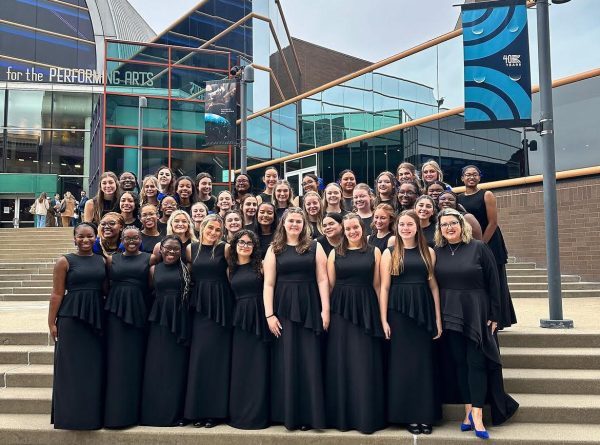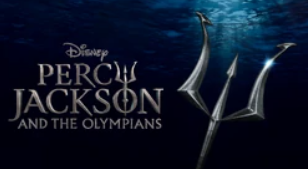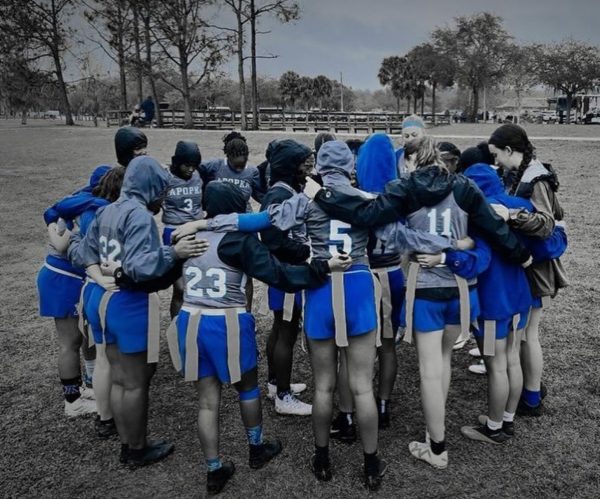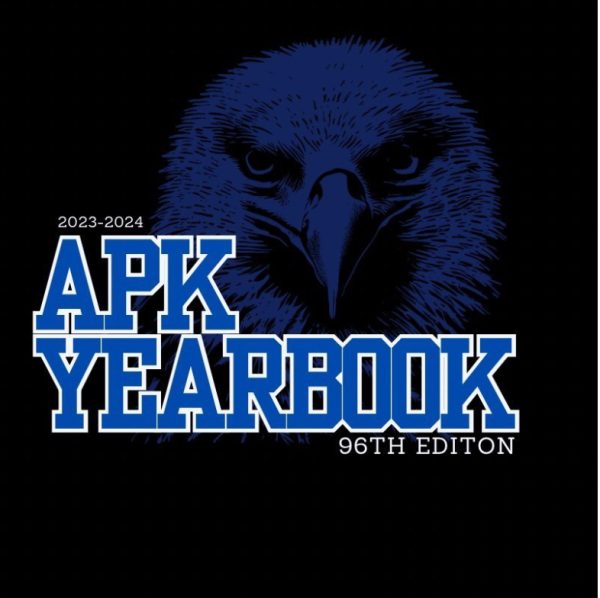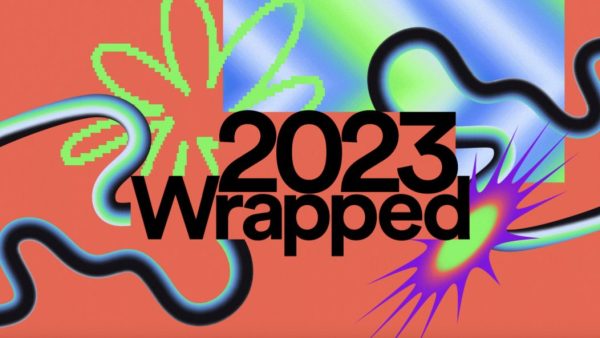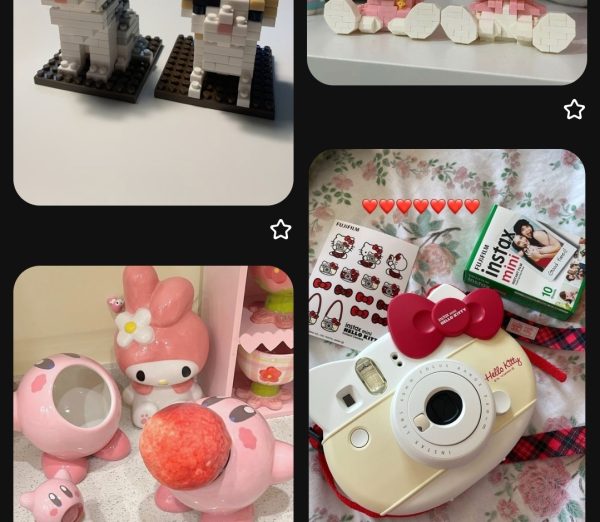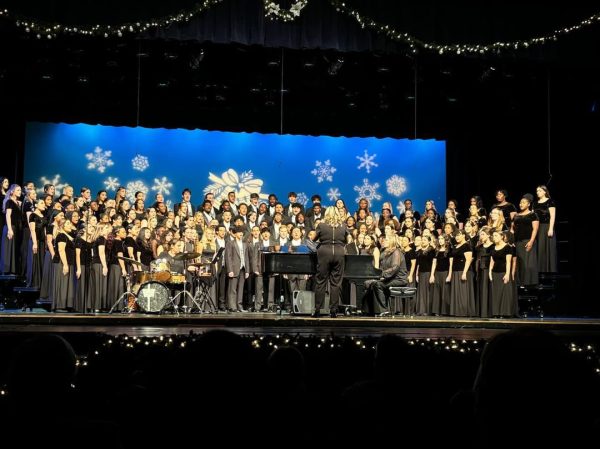SPAM-A-PALOOZA!
Place yourself into the shoes of one of Mr. Houvouras’s AP Art History students.
You wake up and see the reminder on your phone that says, “SPAM!” It may seem absurd at first, especially with your hazy morning memory, but the full plastic bag in the corner of your room fuels your memory. Your bag is filled with one can of SPAM, a few other canned goods, and cookies. This bag is left in Mr. Houvouras’s class room in a sea of other goods brought by your classmates. Your job is done, all you can do now is eagerly await the Thanksgiving celebration called, SPAM-A-Palooza.
The other canned goods would be donated to local food banks. The cookies and drinks would create a celebratory feast, but why SPAM? How does SPAM bring about the idea of a Pacific Island celebration? Your friends ask you why you have SPAM, so you direct them to your thought bubble of when Mr. Houvouras told you…
Why SPAM, Mr. Houvouras?

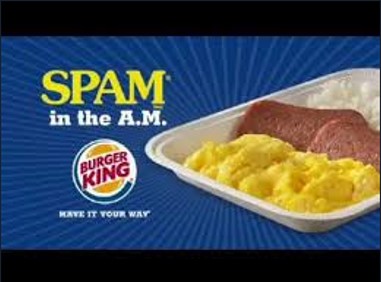
Well, we studied a work in our art history classes by a New Zealand artist who took the favorite canned meat of the people of New Zealand, corned beef. [In Pisupo Luo Afe,] he made a giant bull out of the beef cans as a commentary on the influence of colonies on indigenous cultures because corn beef is now a big part of the diet among the Maori tribe of New Zealand. We decided to show a parallel in America; Spam in Hawaii. Just like corned beef was brought to New Zealand, Spam was brought to Hawaii by Americans. It’s a huge part of the Hawaiian diet now. You can go into McDonald’s and get a Spam egg and cheese biscuit in the morning. When you order different sushi rolls they make them with Spam. If you go to a celebration of someone’s wedding or birthday there is probably some dish made with Spam. They have a real affinity for Spam.
With SPAM-A-Palooza, I don’t know that [all of my students will] love Spam. That would be great, but I don’t know if that’s going to happen. I hope at least [my students] could try and see how other cultures have melded because of colonization and things like that.
…
As the thought bubble finishes your friends finally understand the cultural significance of this event that revolves around SPAM. SPAM-A-Palooza has been hosted solely by Mr. Houvouras to build community and friendship as AP Art History students come to an understanding of Pisupo Luo Afe, the Pacific, and the effects of colonization on Pacific cultures. To help your friends understand how this celebration is further intertwined with AP Art History, you explain how Pacific art is studied the week prior to Thanksgiving break to fully introduce students to the culture of Pacific Islanders. You even describe the Pacific Islander outfit you plan to wear. All of your classmates were encouraged to wear Pacific clothing to embrace this cultural event. You may be spotted as one of the students carrying “SPAMMY,” the Hawaiian parallel of the corned beef bull, Pisupo Luo Afe.

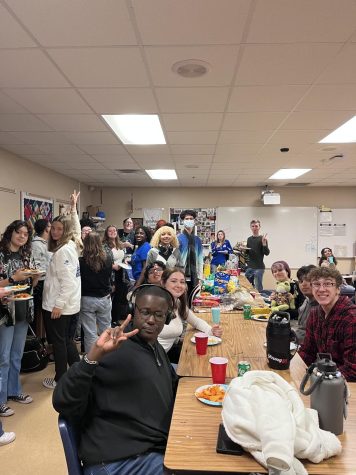 The class bell rings and your friends leave you behind. As you walk to class abandoned and betrayed, you greet Mr. Houvouras. You spontaneously ask him if there was anything he would like to say to the school. He responds as if he has been waiting for an open-ended question, like the one he just received, for his entire life. He tells you…
The class bell rings and your friends leave you behind. As you walk to class abandoned and betrayed, you greet Mr. Houvouras. You spontaneously ask him if there was anything he would like to say to the school. He responds as if he has been waiting for an open-ended question, like the one he just received, for his entire life. He tells you…
“The thing that I want to see with the school is the participation of more young men of color in AP Art History classes. It’s distressing that my class is so female dominated. I look up and I want to see the faces of what our school looks like, but there is such a dearth of boys that take art history, particularly boys of color. I want them to open their minds and be exposed to these great works of art from around the world the same way that all these other students are. I want more boys of color to consider taking AP Art History.”
…
You keep this in mind the next time you look at your AP Art History classroom and realize he’s right. You wonder when Mr. Houvouras’s dream will come true.

